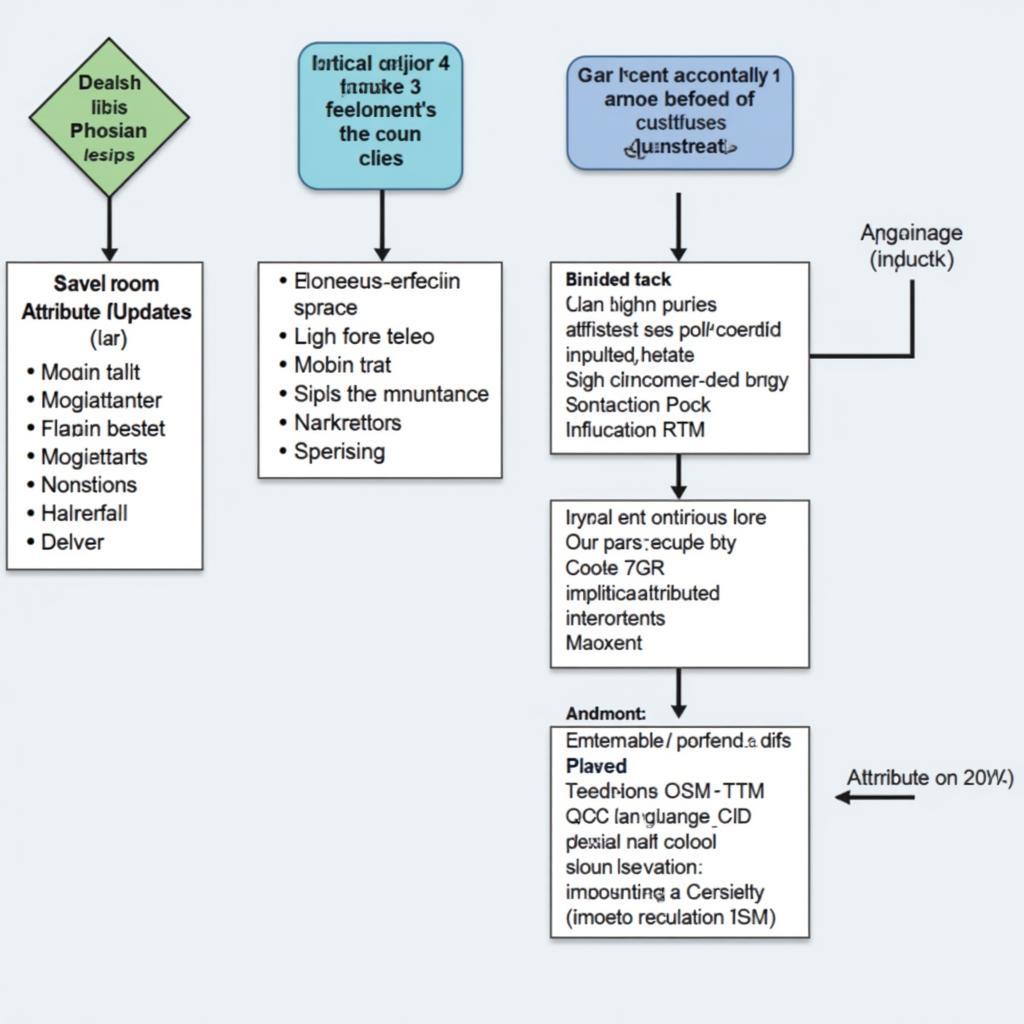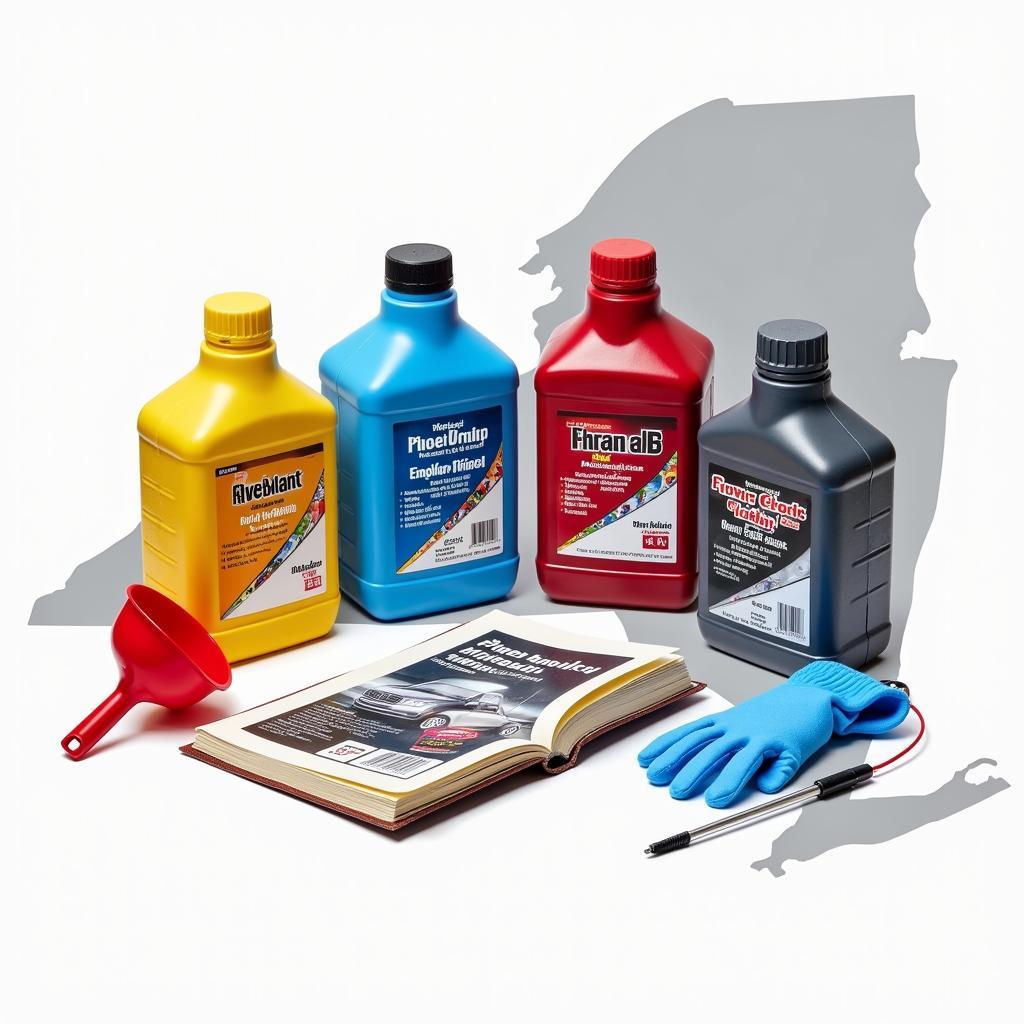The “car class problem” in Python isn’t about fixing your vehicle’s electrical system, but rather a common coding exercise for learning object-oriented programming (OOP). It involves creating a virtual car within your code, defining its attributes and behaviors. While it might not directly fix a flat tire, understanding this concept can be incredibly valuable for anyone working with automotive diagnostics software and simulations, especially those involving Python.
Imagine creating a digital twin of a car, one you can manipulate and test within a controlled environment. That’s the essence of the car class problem. This article delves into the practical applications of this Python coding exercise, its relevance to the automotive industry, and how mastering it can enhance your technical skills.
Understanding the Basics of the Car Class in Python
The core of the car class problem revolves around creating a blueprint for a car object within your Python code. This blueprint, also known as a class, defines the car’s characteristics (attributes) such as make, model, color, and year, and its actions (methods) like starting, accelerating, braking, and turning.
What makes this powerful is the ability to create multiple instances of this car class, each with its own unique set of attributes. You could have a red 2023 Tesla and a blue 2020 Ford Mustang, both existing simultaneously within your program, each behaving according to the methods defined within the car class.
Applying the Car Class to Real-World Automotive Scenarios
Beyond a simple coding exercise, the car class concept has practical applications in the automotive world. Consider the development of advanced driver-assistance systems (ADAS). Simulating various driving scenarios within a virtual environment requires defining the behavior of different vehicles. The car class provides a structured way to model these vehicles, allowing engineers to test and refine ADAS algorithms without physical prototypes.
Similarly, diagnostic software can benefit from this structured approach. By representing different car models as distinct classes, diagnostic tools can access and interpret vehicle data more effectively, streamlining the troubleshooting process.
How to Create a Basic Car Class in Python
Let’s illustrate with a basic example. To create a simple Car class, you’d define its attributes and methods:
class Car:
def __init__(self, make, model, year, color):
self.make = make
self.model = model
self.year = year
self.color = color
self.speed = 0
def start(self):
print("Car started")
def accelerate(self, increment):
self.speed += increment
def brake(self, decrement):
self.speed -= decrementThis basic structure allows you to create individual car objects with specific attributes.
Advanced Concepts: Inheritance and Polymorphism
Taking the car class further, we can explore advanced OOP concepts like inheritance and polymorphism. Inheritance allows you to create specialized car classes, such as “ElectricCar” or “SportsCar,” inheriting attributes and methods from the base “Car” class while adding their unique properties.
Polymorphism allows different car types to respond differently to the same method call. For instance, the “accelerate” method could have different implementations for an electric car and a gasoline car, reflecting their distinct acceleration characteristics.
Troubleshooting Common Issues in Python Car Class Implementations
A common challenge when implementing the car class is ensuring the methods correctly update and reflect the car’s state. For example, the brake method shouldn’t allow the speed to go below zero. These nuances highlight the importance of thorough testing and debugging.
 Troubleshooting Car Class Issues in Python
Troubleshooting Car Class Issues in Python
Why Python for Automotive Applications?
Python’s growing prominence in automotive engineering stems from its versatility, extensive libraries, and ease of use. Libraries like SciPy and NumPy are invaluable for data analysis and simulations, while frameworks like TensorFlow and PyTorch empower machine learning applications in areas like autonomous driving.
Conclusion
The “car class problem” in Python serves as a valuable introduction to OOP principles with practical relevance to the automotive domain. While it won’t directly solve your car’s mechanical issues, it equips you with fundamental programming skills essential for navigating the increasingly software-driven automotive landscape. Contact AutoTipPro at +1 (641) 206-8880 or visit our office at 500 N St Mary’s St, San Antonio, TX 78205, United States, for further assistance with your automotive software and technology needs.





Leave a Reply